
Blogs
Quantum Scale participated in the First National Conference on Surface and Interface Science of the Chinese Chemical Society: Jointly exploring the frontiers of surface and interface science and technology.
Published Time:
2025/05/14
From May 9th to 12th, 2025, the First National Conference on Surface and Interface Science of the Chinese Chemical Society was grandly held at the Chengdu Tianfu International Conference Center. As an important participant in the field of atomic and surface imaging technology, Scaling Quantum showcased its cutting-edge technologies and solutions at Booth #B42, and engaged in discussions with domestic and foreign academicians, experts, scholars, and industry colleagues on the innovative applications of surface and interface science in fields such as energy and materials.
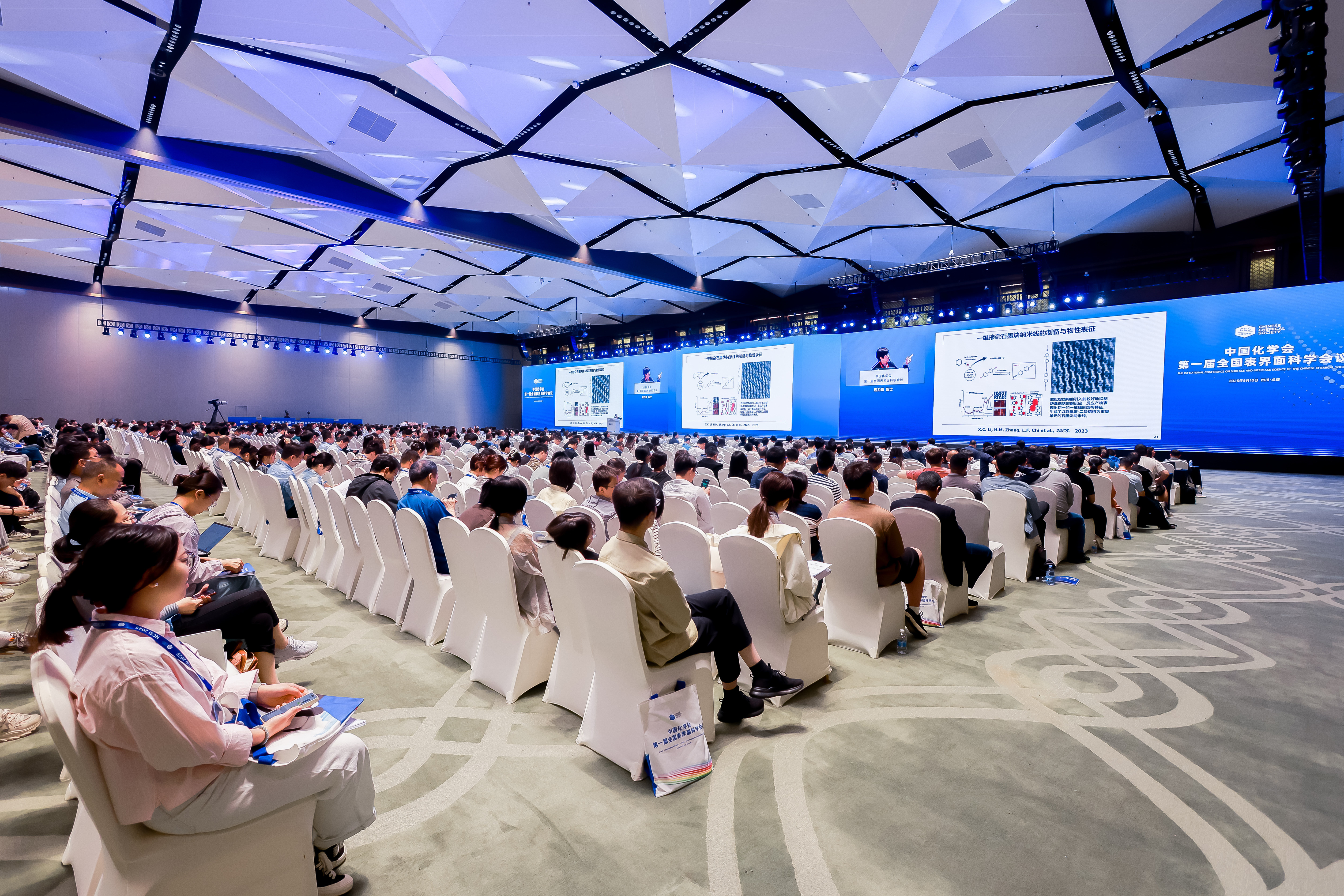
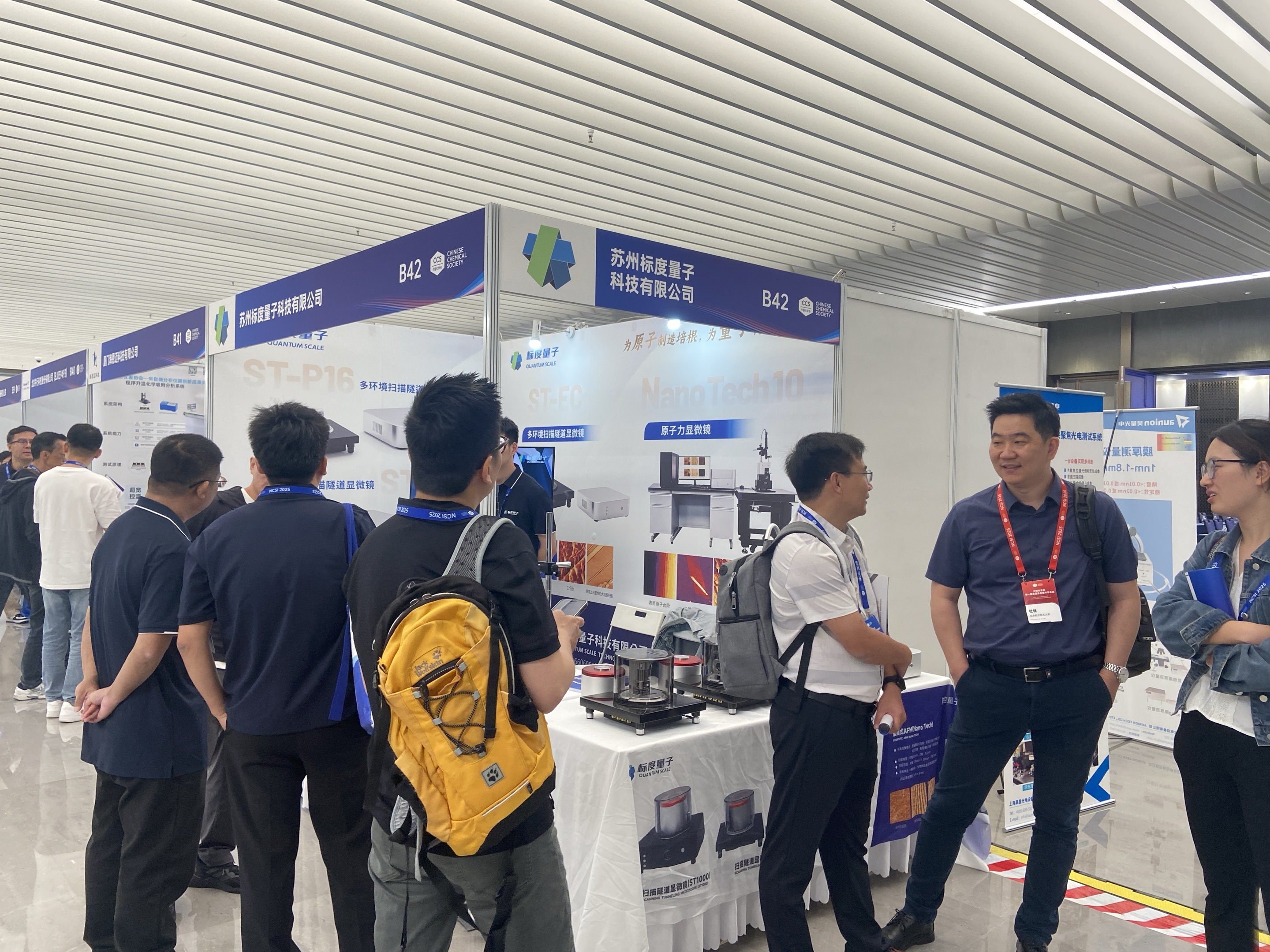
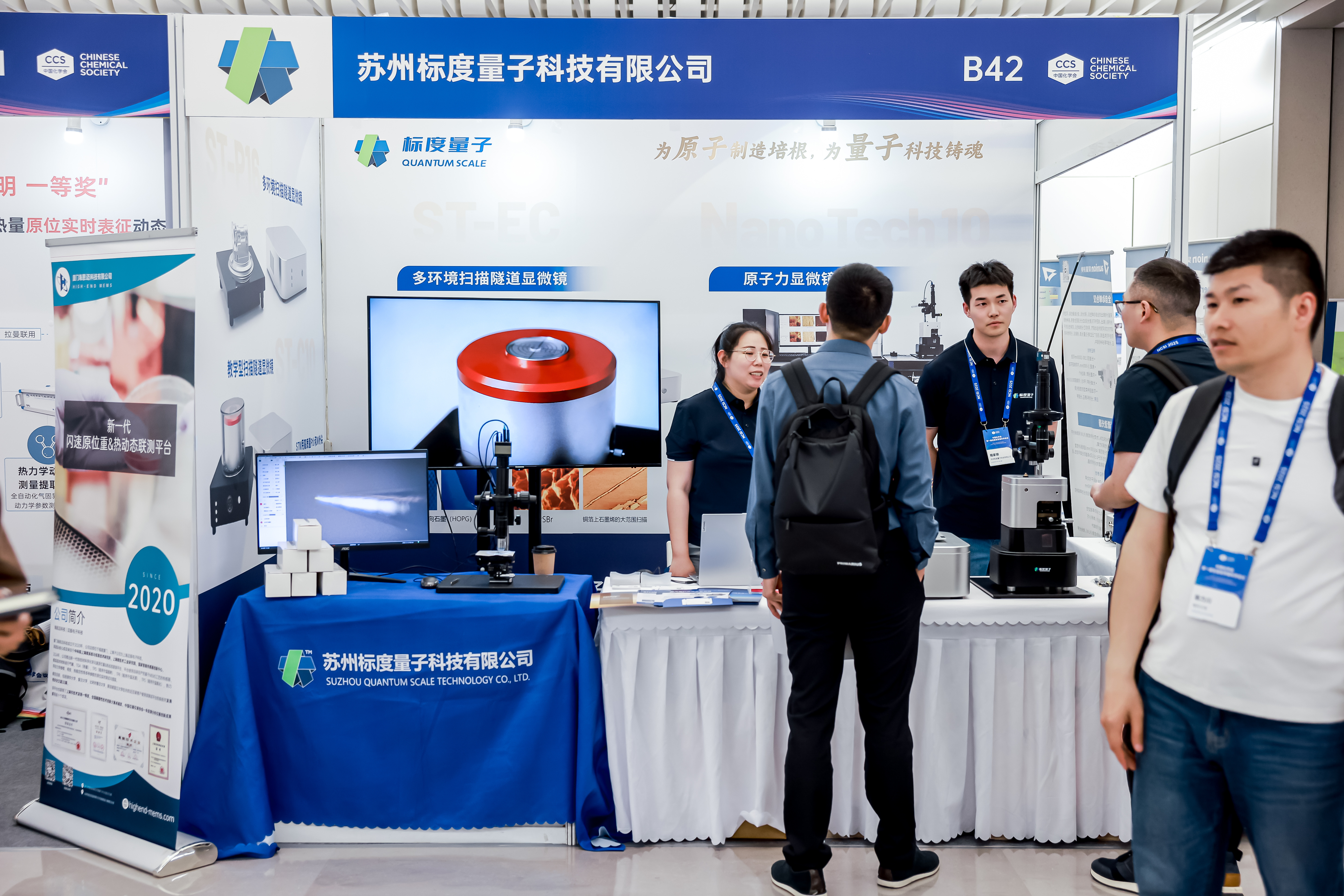

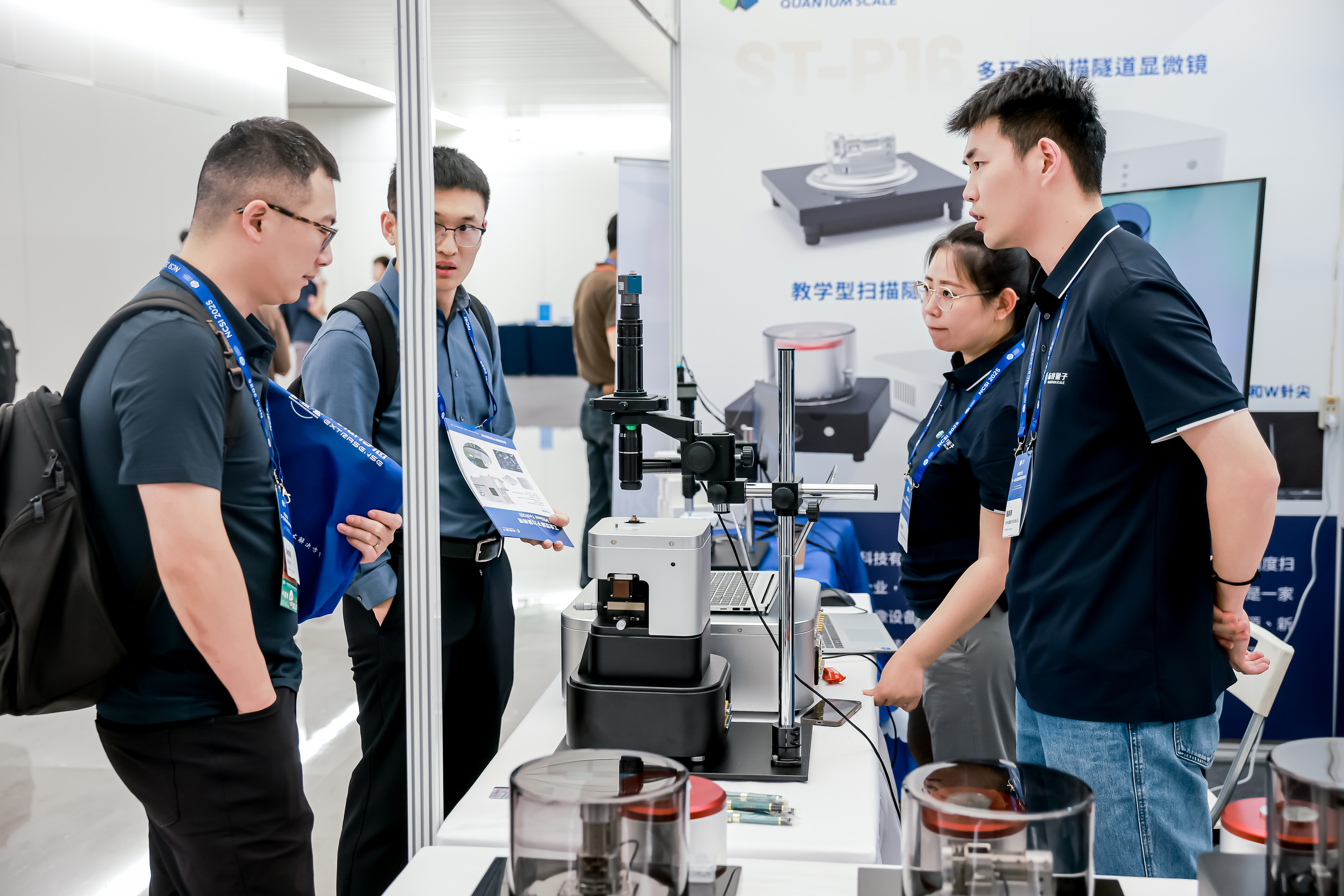
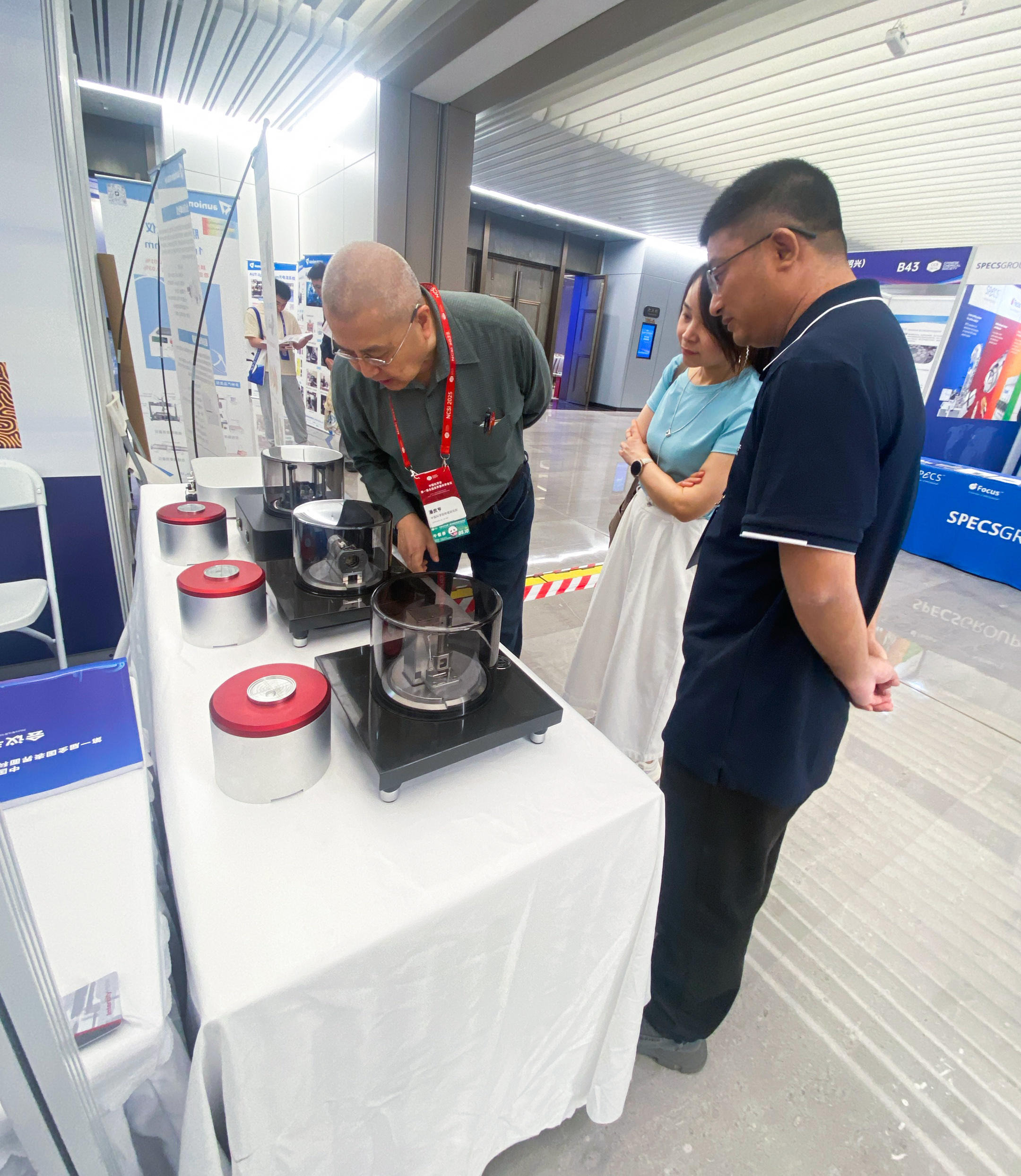
Blogs
Beihang Atomic Surface Physics Competition
2025-04-27
2025-04-27
Two academicians visited our company
2025-04-27




